Medical device accessories - custom sheet metal parts
Get Latest Price| Min. Order: | 1 Piece/Pieces |
Brand: CTT
| Selling Units | : | Piece/Pieces |
sheet metal fabrication is one of the traditional manufacturing processes. Usually the material is steel or aluminum. Medical equipment parts processing in this process, the material will be turned into a metal structure or product by cutting, stamping, folding and assembling. Sheet metal can be bent, cut, or stretched into various shapes and is usually made by cutting and burning the metal material. Punching machine: After the parts on the plate are developed by one or more steps with the punching machine, the flat parts are punched to form various shapes of materials. Its advantages are short working hours, high efficiency, high precision, low cost, suitable for large quantities. Production, but design mold.
CNC: First write CNC machining program, use programming software to compile the developed drawings into CNC digital plotter recognizable programs, so that it one by one out of the various shapes of the plate according to these programs, but its structure is affected by the tool structure, low cost, accuracy of 0.15MM Laser cutting is the use of laser cutting method to cut out the structural shape of the plate on the Precision parts. As with CNC cutting, you need to write a laser program. Can cut a variety of complex shapes of flat parts, high cost, accuracy 0.1MM
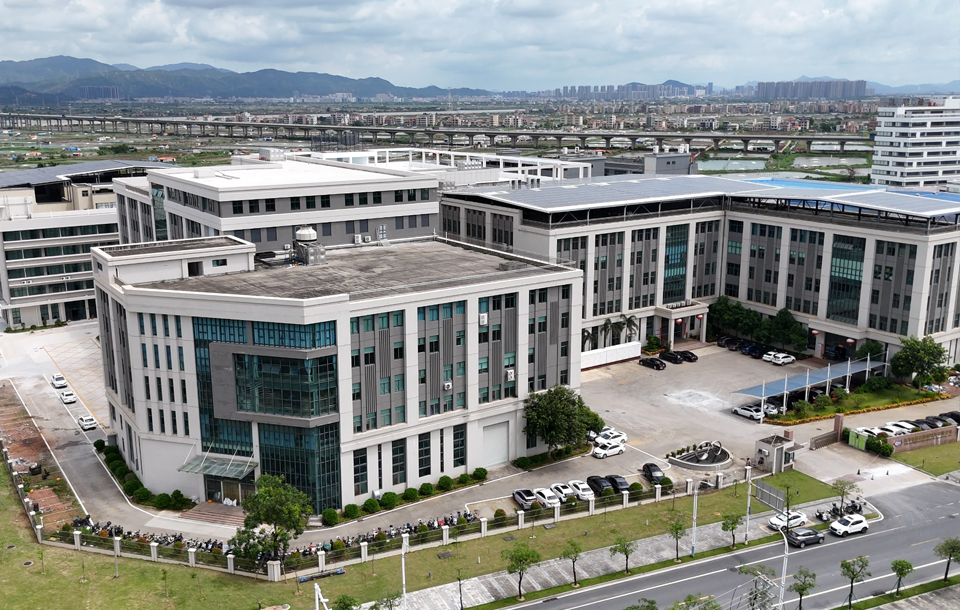
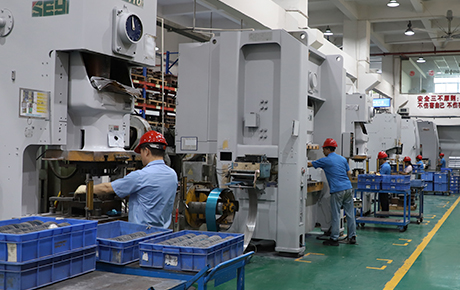
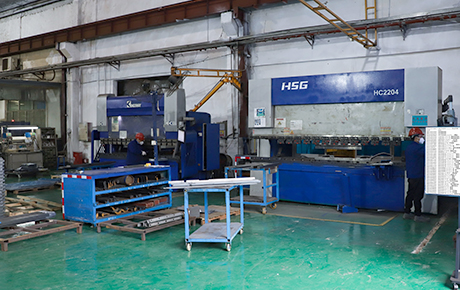
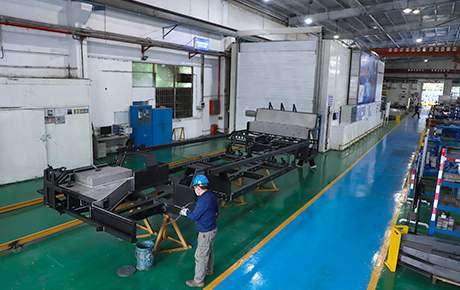
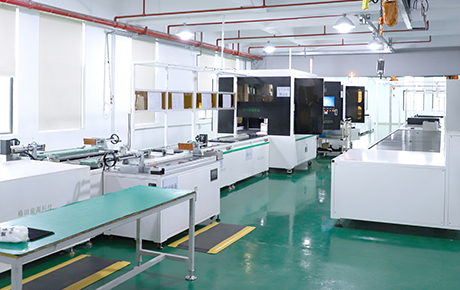
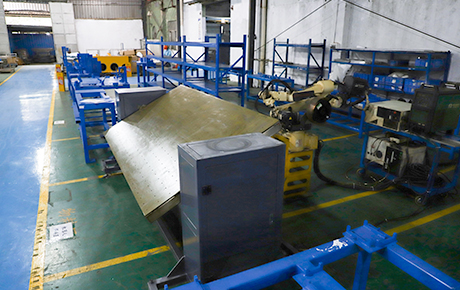
Founded in 2009, CTT Technology is a global high-tech enterprise specializing in precision components. With branches in Europe, the US, and Southeast Asia, plus warehouses in North America and Europe, we serve industries from automotive and medical to energy, food equipment, photovoltaics, and compressors. Trusted by Fortune 500 partners including DANAHER, EXFO, and KOHLER, and certified to ISO standards, CTT drives intelligent manufacturing through its CBS digital platform, advancing “Made in China 2025” and showcasing the strength of Chinese brands worldwide.
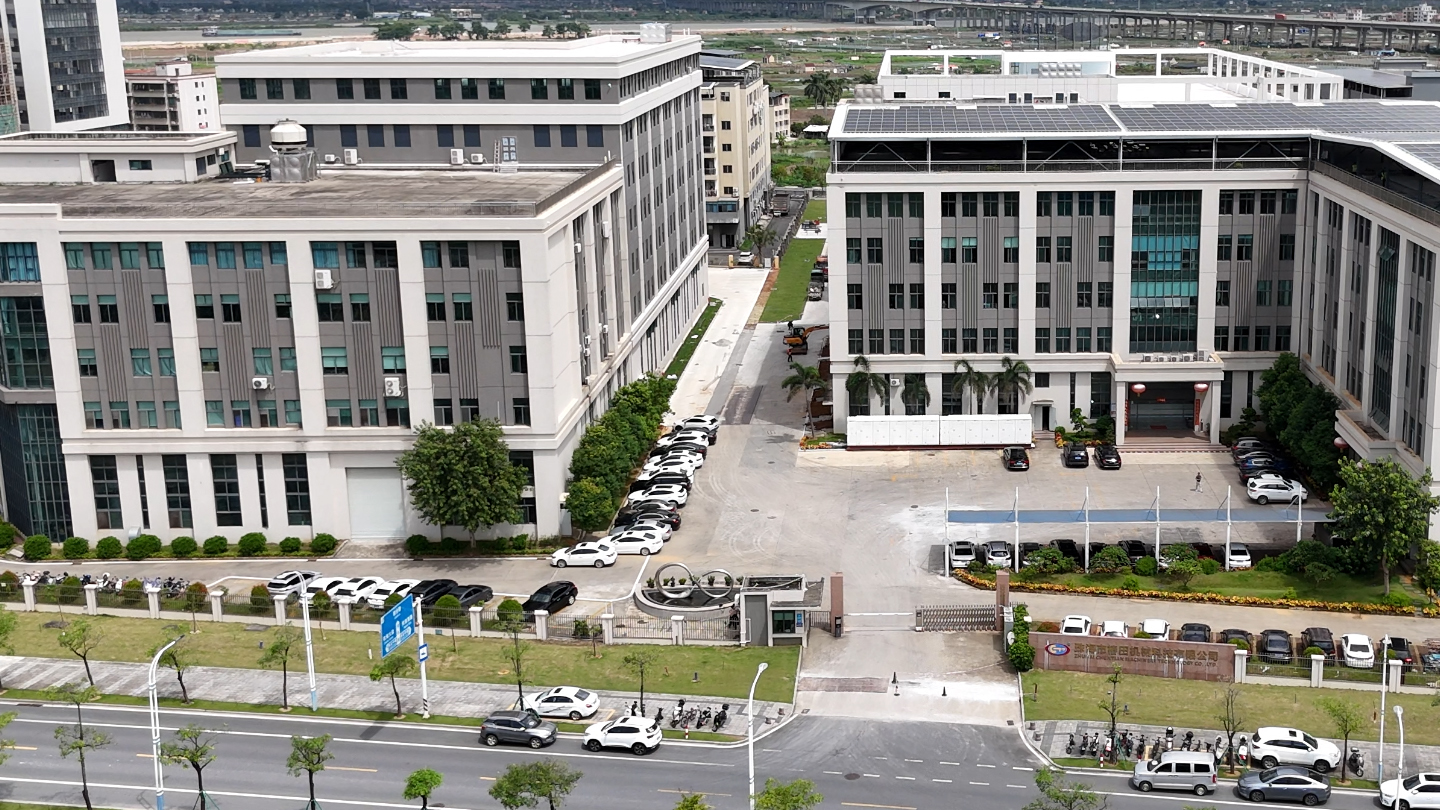
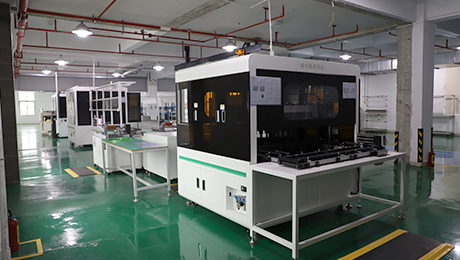
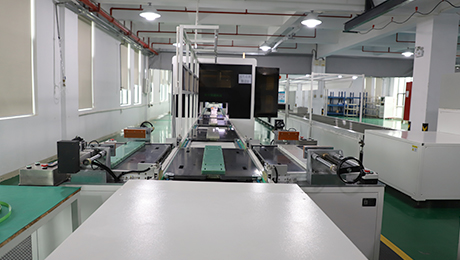
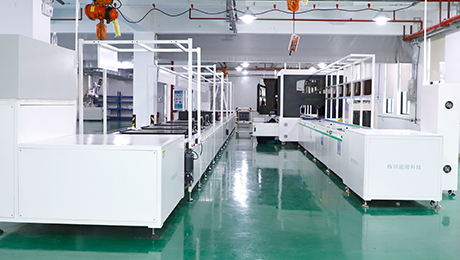
When there is a change in the order, the customer should communicate with
the processor in a timely manner and provide detailed information after the
change, such as the revised drawings, the changed quantity or delivery time,
etc. The processor evaluates the impact of the change on the production
schedule, cost, etc., and negotiates with the customer to determine the
terms of the order after the change, such as price adjustment, extended
delivery period, etc.


Privacy statement: Your privacy is very important to Us. Our company promises not to disclose your personal information to any external company with out your explicit permission.